Picture a world where giants roamed freely, their thunderous footsteps echoing across vast tropical landscapes. This wasn’t the realm of fantasy, but the Jurassic Earth some 160 million years ago. While most people know about the fearsome predators that stalked these ancient lands, there’s a far more fascinating story waiting to be told – one about the gentle giants who shaped entire ecosystems simply by eating plants.
A Green Paradise Unlike Anything Today
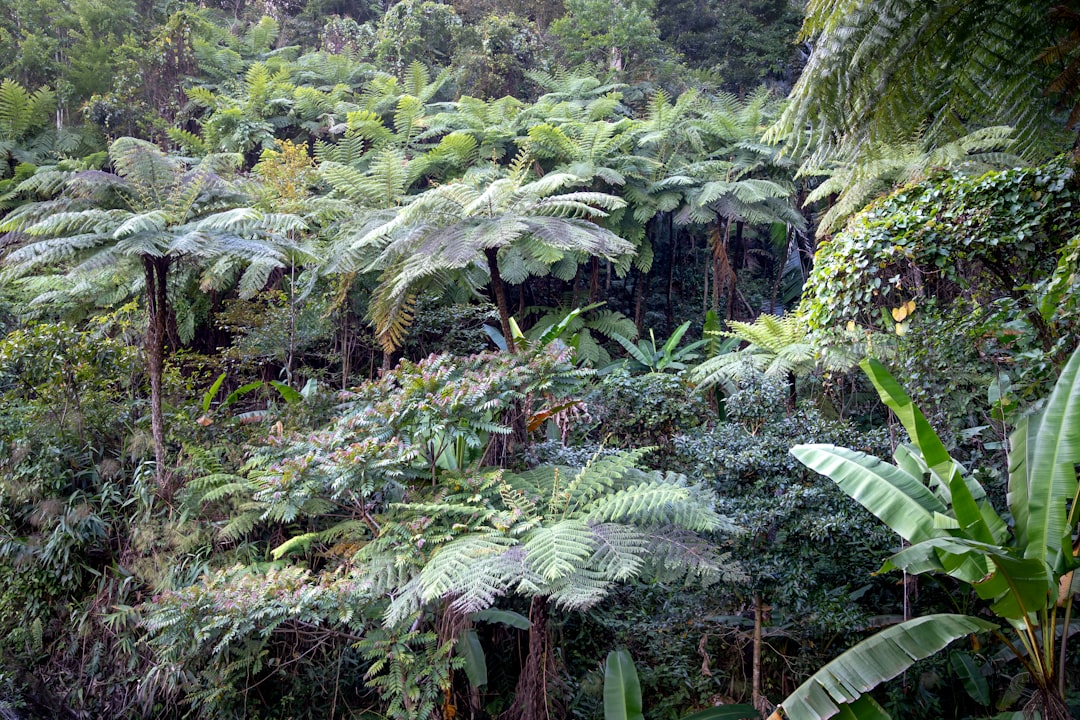
The Jurassic world was utterly alien compared to our modern landscape. Gymnosperms (“naked-seed” plants such as conifers) replaced the seed ferns that dominated older ecosystems, creating vast forests that stretched from pole to pole. Fossils of warm-adapted plants are found up to 60° N and 60° S paleolatitude, suggesting an expanded tropical zone. In higher paleolatitudes, ferns and other frost-sensitive plants indicate that there was a less severe temperature difference between the Equator and the poles than exists today.
It has been suggested that increased volcanic and seafloor-spreading activity during the Jurassic released large amounts of carbon dioxide – a greenhouse gas – and led to higher global temperatures. Warm temperatures and decreased latitudinal gradients also may be related to the Tethys Sea, which distributed warm, tropical waters around the world. This greenhouse world had no ice caps at the poles – imagine the Amazon rainforest covering most of the planet.
The Towering Giants That Ruled the Forests

Gymnosperms (“naked-seed” plants such as conifers) replaced the seed ferns that dominated older ecosystems, but these weren’t the pines and spruces we know today. Massive araucarian conifers, relatives of today’s monkey puzzle trees, dominated many landscapes. These towering trees also played a crucial role in the carbon cycle, absorbing significant amounts of carbon dioxide from the atmosphere, which helped stabilize global temperatures during this greenhouse world.
Some of these ancient conifers grew to staggering heights, creating multi-layered forest canopies that provided feeding opportunities at different levels. Their tough, resinous needles and branches would become the primary food source for the largest land animals that ever lived. Think of them as nature’s skyscrapers, each one a vertical restaurant for hungry herbivores.
Living Fossils: When Cycads Ruled the Earth
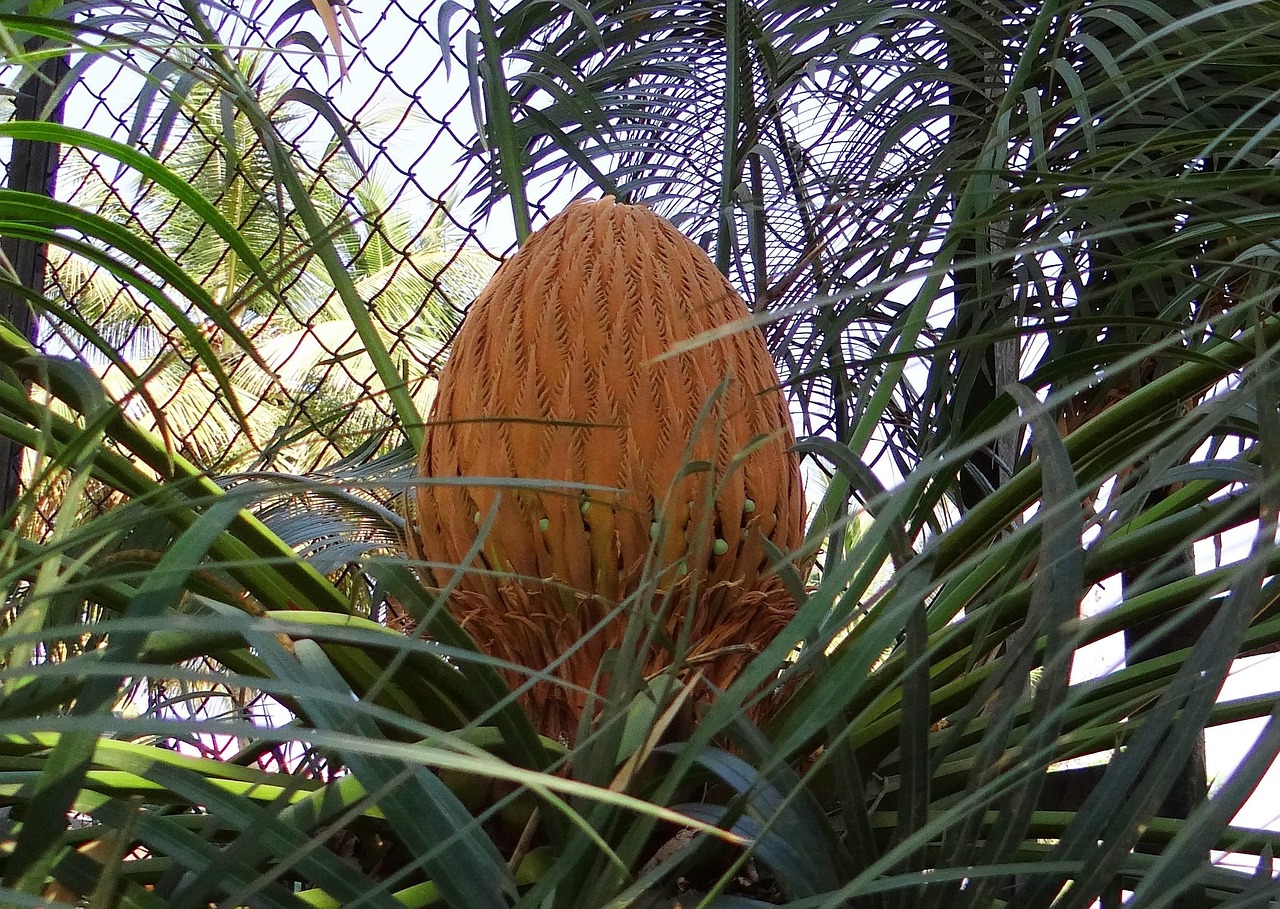
Cycads are the survivors of a plant group that was abundant in the Mesozoic flora – the age of dinosaurs – and reached its zenith in the Jurassic Period, some 160 million years ago. The Jurassic period was as much the age of the cycads (palm-tree-like gymnosperms) as the age of the dinosaurs.
These weren’t actually palm trees, despite their similar appearance. Cycads were ancient seed plants with thick, fleshy trunks and large, feathery fronds that could grow as tall as modern palm trees. Their seeds and soft leaves provided nutritious meals for herbivorous dinosaurs. About 150 million years ago, during the late Jurassic, large cycads grew in Dorset. These were buried beneath sediment and eventually fossilised, but some of the tree stumps are now exposed again. Weathering has hollowed out the central part of the trunk to form bowl shapes up to 1 m in diameter.
The Humble Ferns: Carpeting the Forest Floor
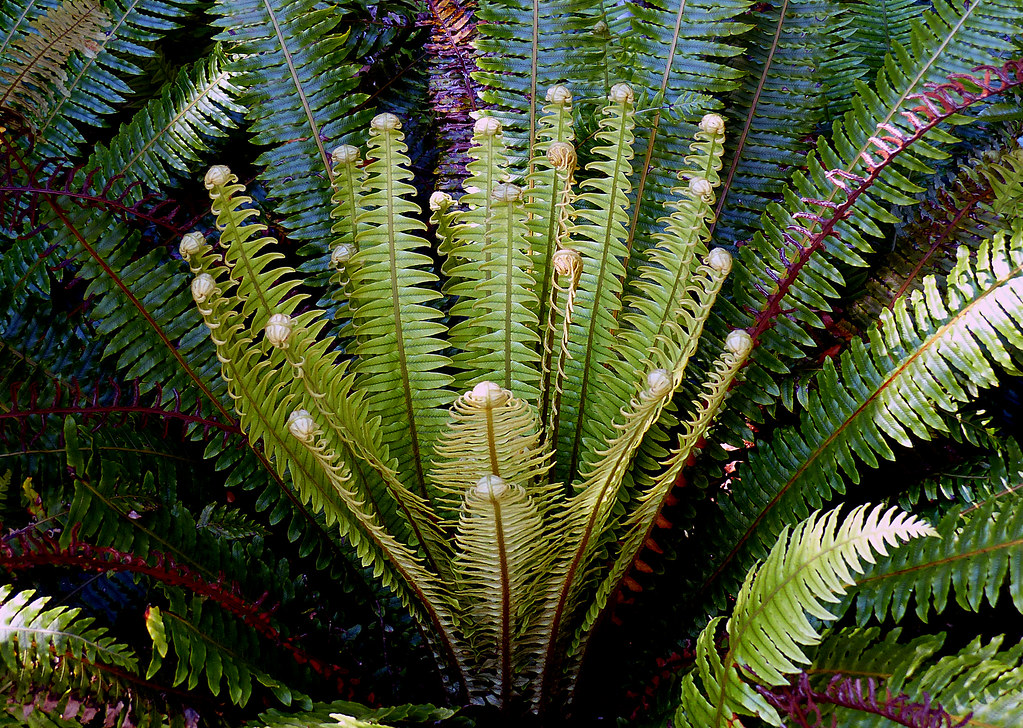
While gymnosperms dominated the Jurassic period, ferns also played an important role in shaping the landscapes. These ancient plants were among the first to colonize the land in the late Paleozoic, and by the Jurassic, they were widespread across many ecosystems. Ferns thrived in the humid, lowland areas of the Jurassic, where they formed dense undergrowth in forests and wetlands.
Ferns were particularly important in the early stages of dinosaur evolution, providing ample food sources for herbivores. The ferns’ ability to thrive in low-light environments meant they could grow beneath the towering conifers, creating a lush, multi-layered forest structure that supported a diverse range of life forms. Unlike today’s forests, these ancient woodlands had no grass – instead, carpets of ferns covered the ground like a living green blanket.
The Calorie Crisis: How Giants Stayed Fed
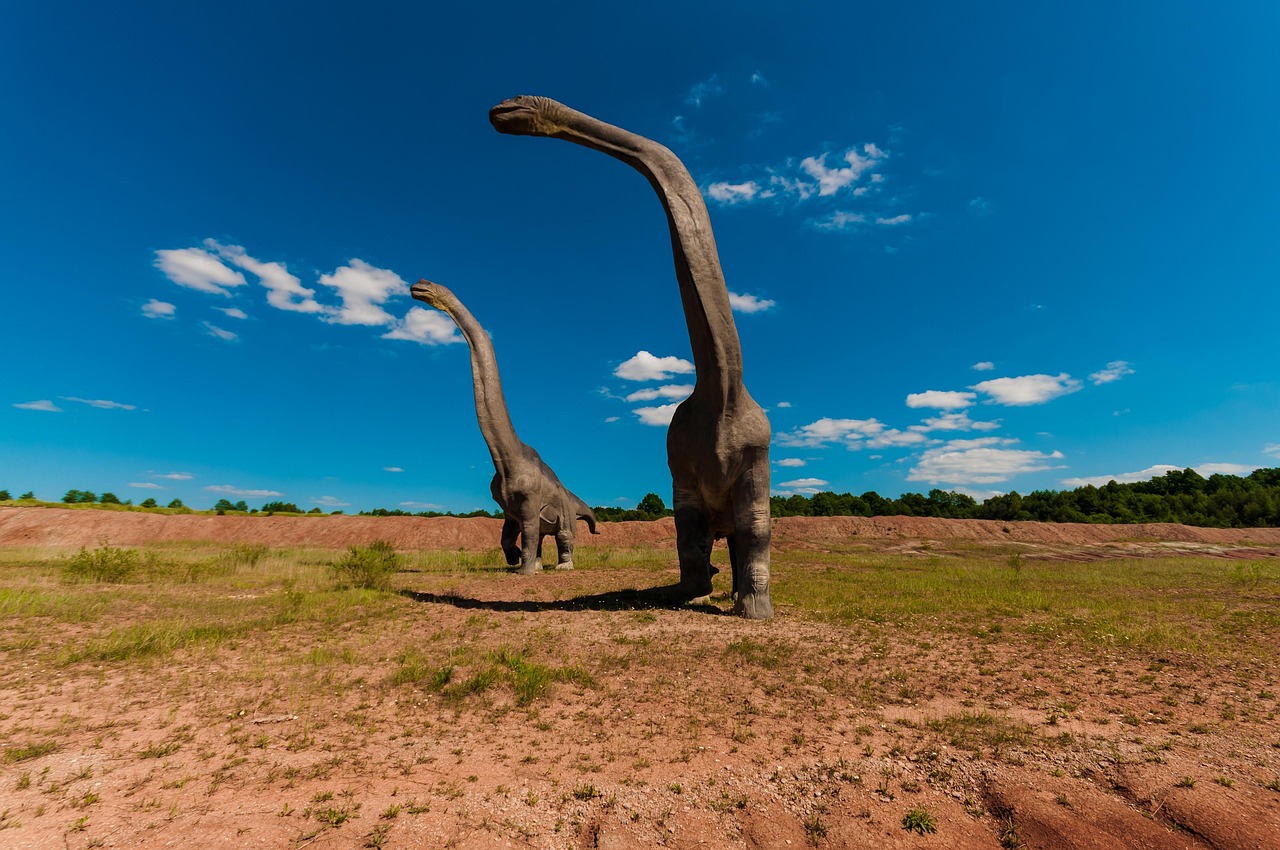
Here’s where things get truly mind-boggling. If Brachiosaurus was warm-blooded, it has been estimated that it would have required more than 440 pounds (200 kg) of conifer and cycad plant food each day, and it would have spent most of its time feeding. That’s like eating four refrigerators worth of salad every single day!
The herbivorous sauropod dinosaurs of the Jurassic and Cretaceous periods were the largest terrestrial animals ever, surpassing the largest herbivorous mammals by an order of magnitude in body mass. Several evolutionary lineages among Sauropoda produced giants with body masses in excess of 50 metric tonnes by conservative estimates. These weren’t just big animals – they were biological impossibilities that somehow made themselves possible.
Specialized Eating Machines: Different Teeth for Different Plants

Sauropods (long-necked plant-eaters) couldn’t chew. They had no cheeks to keep food in their mouths and no grinding back teeth. Instead, they had peg-like teeth that raked and sliced leaves from trees. Think of them as living hedge trimmers, stripping vegetation with mechanical efficiency.
For instance, Camarasaurus had spatula-shaped teeth useful for raking tough vegetation. Diplodocus had thin teeth more suited to stripping soft leaves from plants. Some may have swallowed stones to help break up food in their stomach. These gastroliths, or stomach stones, worked like internal rock tumblers, grinding up tough plant material that their simple teeth couldn’t handle.
The Great Migration Theory: Following the Food

Specimens of Camarasaurus from both Portugal and the US had very uniform wear patterns. This suggests the dinosaurs sought out the same preferred food sources throughout the year – a behaviour which could be explained by migration. “The climate at the time in both Portugal and the US was highly seasonal, so certain plants likely weren’t available year-round,” explains corresponding Emanuel Tschopp a visiting researcher at the Leibniz Institute for the Analysis of Biodiversity Change and Freie Universität Berlin, also in Germany.
Imagine herds of 50-ton sauropods thundering across continents like ancient elephants, following seasonal growth patterns of their favorite plants. In the Late Jurassic-aged Morrison depositional basin of western North America, these animals occupied lowland river-floodplain settings characterized by a seasonally dry climate. Massive herbivores with high nutritional and water needs could periodically experience nutritional and water stress under these conditions, and thus the common occurrence of sauropods in this basin has remained a paradox. Energetic arguments and mammalian analogues have been used to suggest that migration allowed sauropods access to food and water resources over a wide region or during times of drought or both, but there has been no direct support for these hypotheses.
Resource Partitioning: Sharing the Salad Bar

The sauropods of the Morrison Formation show enormous species diversity – and that diversity was only possible because the species behaved differently and occupied different dietary niches. This is perhaps one of the most elegant solutions to an impossible problem – how do you fit multiple species of giant herbivores in the same ecosystem?
High sauropod diversity within the resource-limited Morrison is paradoxical, but might be explicable through sophisticated resource partitioning. This hypothesis was tested through finite-element analysis of the crania of the Morrison taxa Camarasaurus and Diplodocus. Results demonstrate divergent specialization, with Camarasaurus capable of exerting and accommodating greater bite forces than Diplodocus, permitting consumption of harder food items. It was like having different specialists at a buffet – some focused on the tough, woody stuff while others delicately selected the softest leaves.
The Air-Sac Advantage: Breathing for Giants
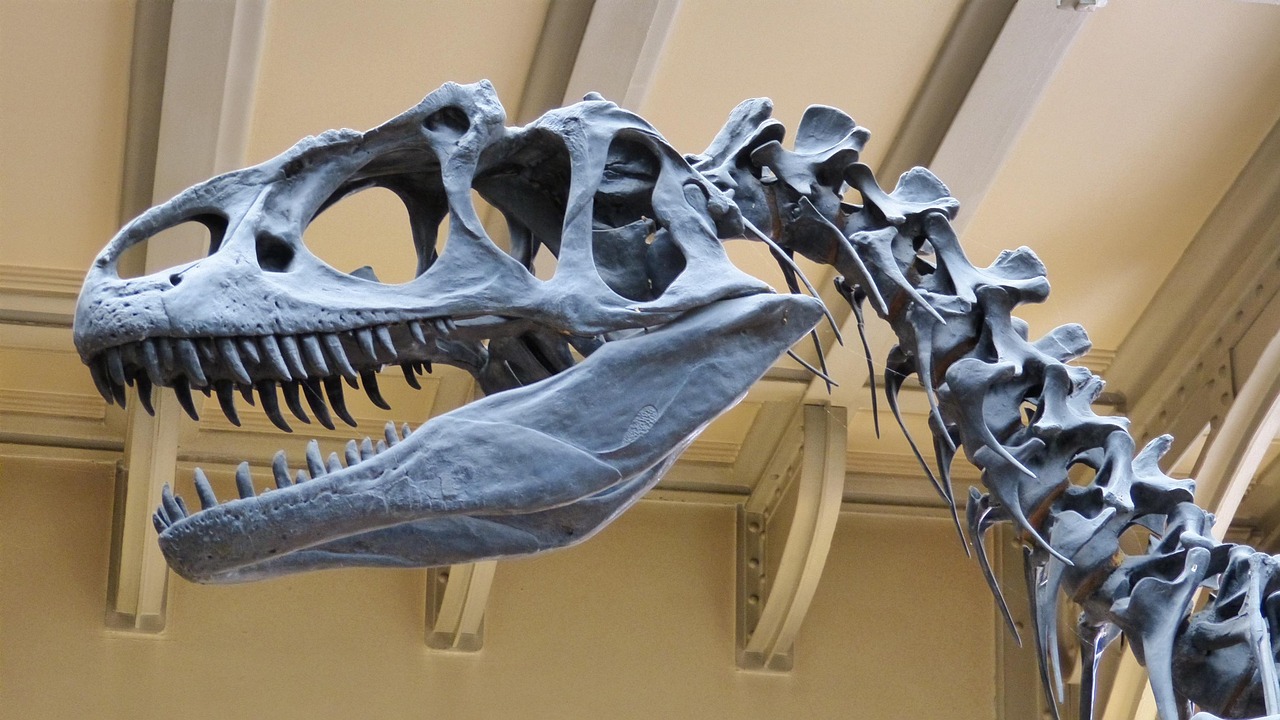
Along with other saurischian dinosaurs (such as theropods, including birds), sauropods had a system of air sacs, evidenced by indentations and hollow cavities in most of their vertebrae that had been invaded by them. Pneumatic, hollow bones are a characteristic feature of all sauropods. These air spaces reduced the overall weight of the massive necks that the sauropods had, and the air-sac system in general, allowing for a single-direction airflow through stiff lungs, made it possible for the sauropods to get enough oxygen.
This adaptation would have advantaged sauropods particularly in the relatively low oxygen conditions of the Jurassic and Early Cretaceous. This bird-like breathing system was like having a turbo-charged engine – it allowed these massive animals to extract every possible molecule of oxygen from each breath, supporting their enormous metabolic demands.
Chemical Evidence: What Ancient Stomachs Reveal
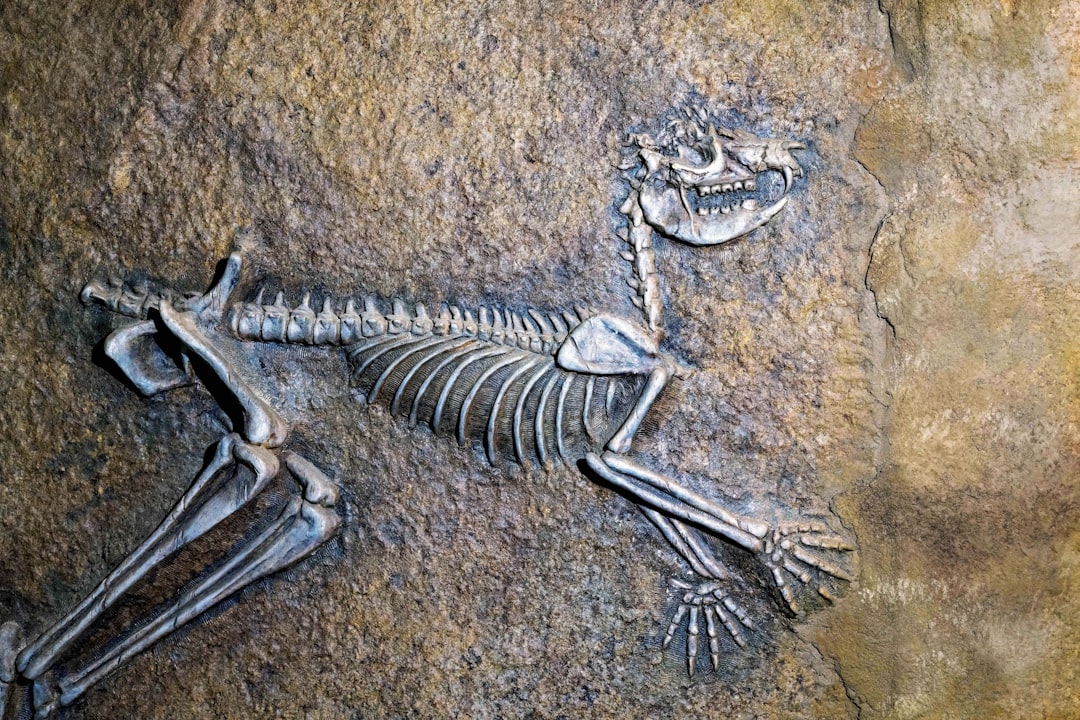
For decades, scientists could only guess what these giants actually ate. Then came a breakthrough that changed everything. Here, we describe a cololite associated with a specimen of the sauropod Diamantinasaurus matildae from the mid-Cretaceous (∼101–94 Ma) Winton Formation of Queensland, Australia. The cololite is hosted within an indurated rock layer, localized to the abdominal region, and closely and consistently associated with a layer of mineralized skin. Conifer pinnules, angiosperm leaves, and seed-fern fruiting bodies are preserved within, as are chemical biomarkers consistent with gymnosperms and angiosperms.
This fossilized gut content – essentially 100-million-year-old dinosaur food – provided the first direct evidence of what sauropods actually ate. These fully support previous hypotheses of sauropod herbivory and bulk feeding. Mixed-level browsing is implied by the presence of conifers (higher-level) and angiosperms (lower-level) within the gut contents. It was like finding an ancient grocery list written in stone.
The Ecosystem Engineers: How Giants Shaped Their World
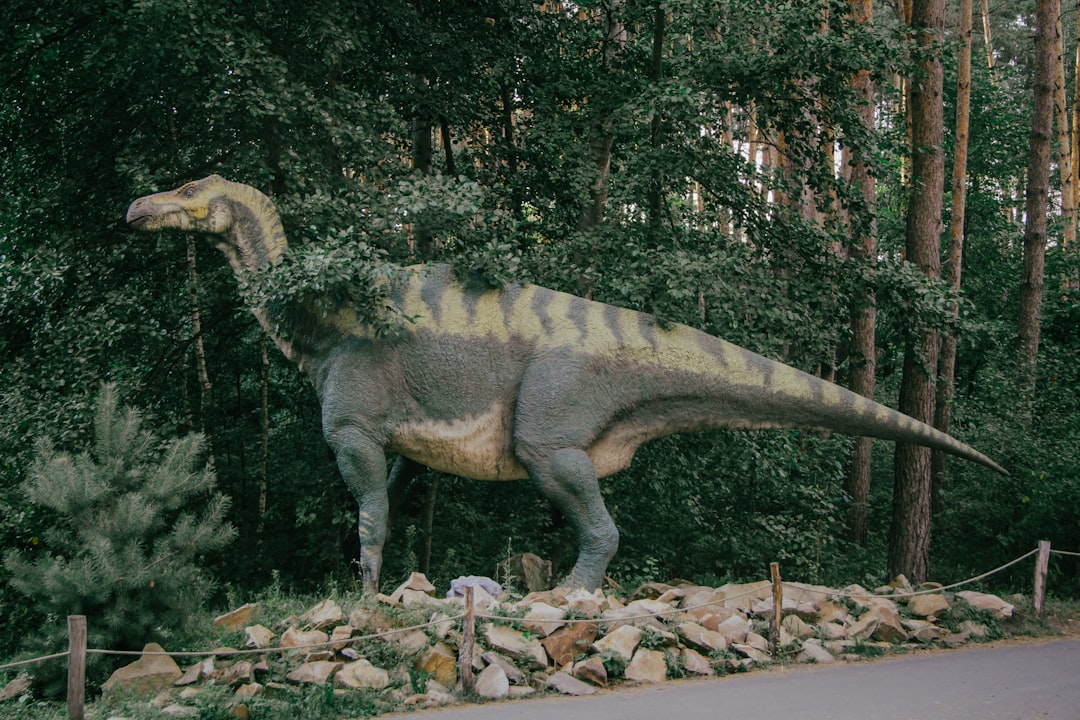
As gigantic herbivores, sauropod dinosaurs were among the most important members of Mesozoic communities. Understanding their ecology is fundamental to developing a complete picture of Jurassic and Cretaceous food webs. These weren’t just passive consumers – they were ecosystem engineers on a scale never seen before or since.
As a major link between primary productivity and secondary and tertiary consumers, herbivores represent the base of the animal food pyramid and therefore influence the flow of energy through an ecosystem. Of particular importance to the understanding of Mesozoic ecology are sauropod dinosaurs, which were the dominant megaherbivores during most of the Jurassic and Cretaceous, a span of approximately 135 million years. Think of them as living bulldozers, creating clearings, spreading seeds, and essentially redesigning the landscape with every step and every meal.
The End of an Era: When the Menu Changed

When flowering plants began to dominate the landscape, they edged out the conifers, tree ferns and cycads that the long-established sauropods depended on. In fact, one hypothesis to explain the demise of dinosaur populations by the end of the Cretaceous Period (66 million years ago) is that slow-growing primitive seed plants could not keep pace with the massive appetites of these giants.
The rise of flowering plants, with their faster growth rates and different nutritional profiles, may have disrupted the delicate balance that had sustained these massive herbivores for millions of years. By the end of the Jurassic period, the landscape began to shift once again. Angiosperms, or flowering plants, began to evolve and spread during the late Jurassic and into the Cretaceous period. The salad bar was changing, and not necessarily for the better.
Conclusion
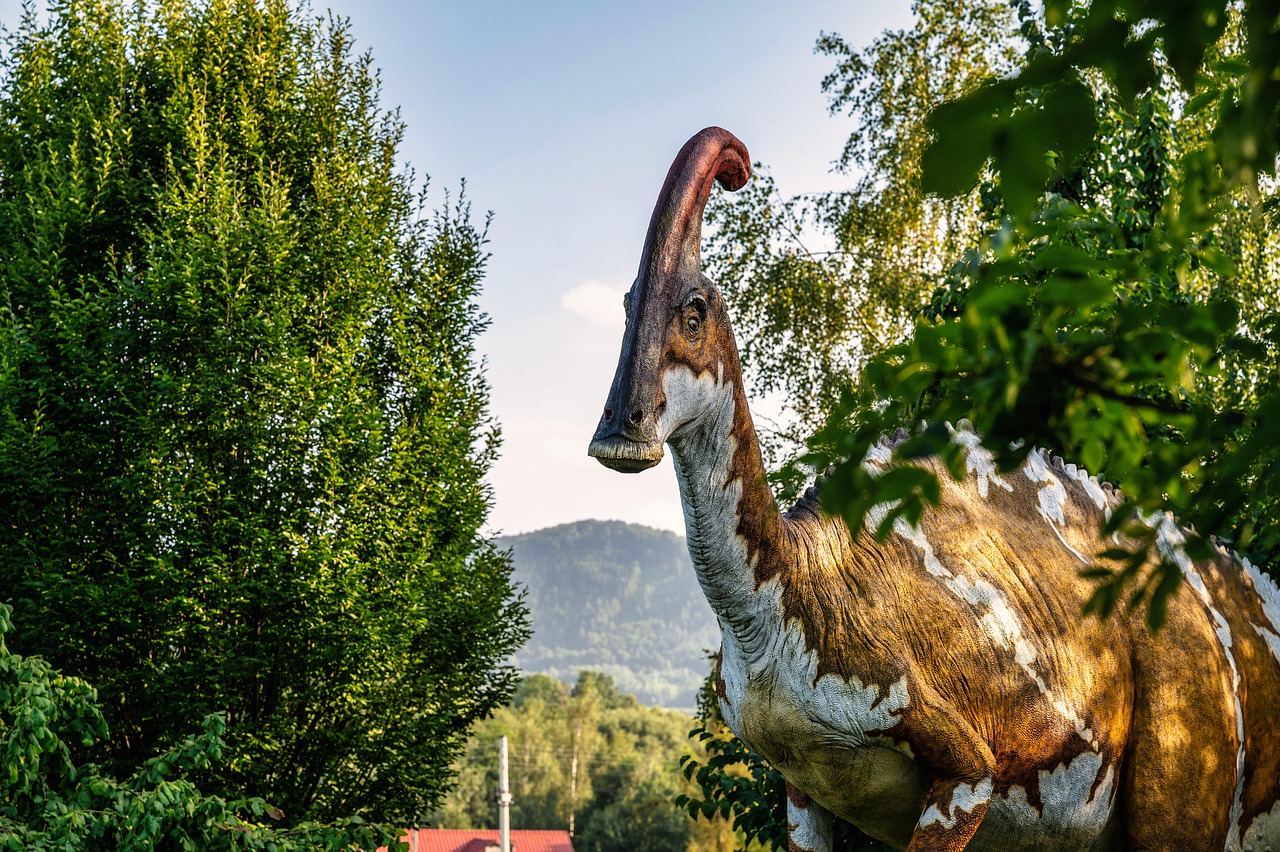
The story of Jurassic plant-eaters reveals one of nature’s most extraordinary experiments – creating land animals so large they defied every rule of physics and biology we thought we understood. These giants didn’t just survive in their green world; they thrived by developing ingenious solutions to seemingly impossible problems. From specialized teeth and stomach stones to migration patterns and resource partitioning, every aspect of their biology was fine-tuned to extract maximum nutrition from ancient plants.
What makes this story even more remarkable is how it challenges our understanding of what’s possible in nature. Today’s largest land herbivore, the African elephant, weighs roughly six tons. The Jurassic giants were eight times heavier, yet they found ways to sustain themselves on plants alone. They turned entire continents into their dining rooms and reshaped ecosystems simply by existing.
The next time you see a fern unfurling in your garden or spot a pine cone on the ground, remember – you’re looking at descendants of the plants that once fed the largest creatures ever to walk the Earth. Makes you wonder what other “impossible” things might be hiding in plain sight, doesn’t it?


